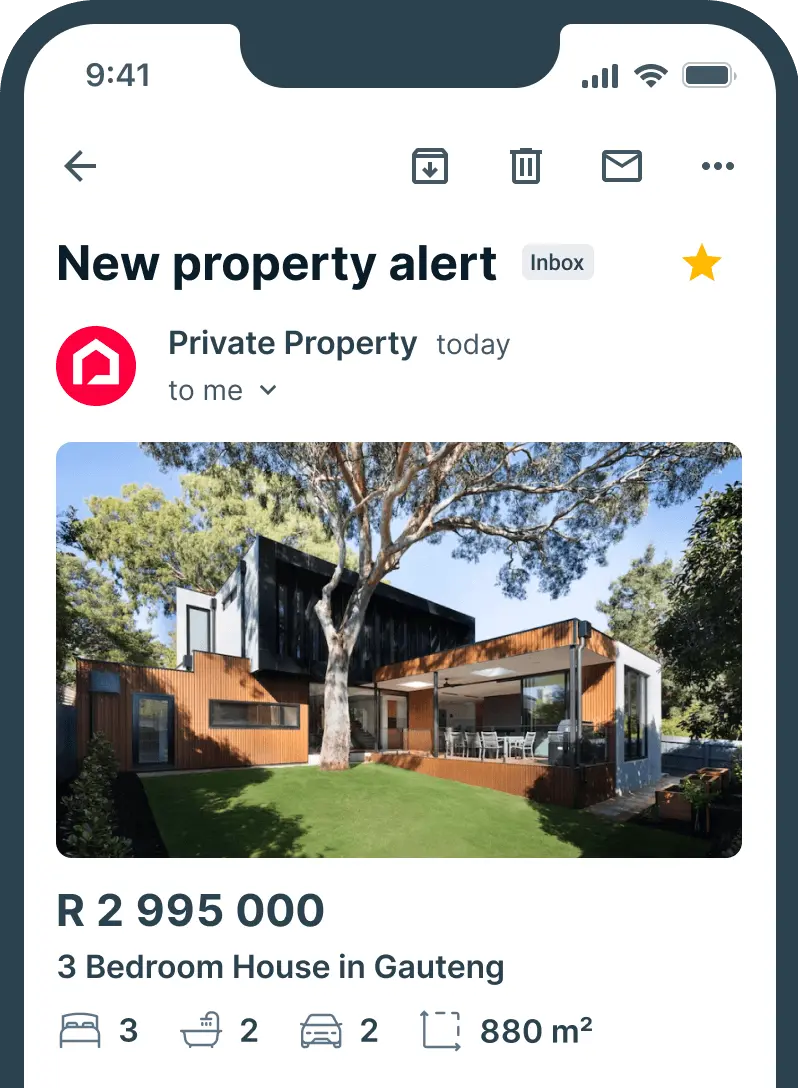Buying a home on a low income can feel out of reach, but it's not impossible. If you're earning under R22,000 a month, there are options available to help you qualify for a home loan from government subsidies to tailored bank lending criteria. With the right support, smart budgeting, and a solid credit history, your homeownership journey can absolutely begin.
Why homeownership feels impossible for many
For millions of South Africans, owning a home still feels unattainable, not only because of affordability, but due to generational distrust and a lack of access to the right financial knowledge.
Banks and the property industry must take the lead in educating first-time and low-income buyers. This includes explaining how home loans work, how to budget effectively, and what government subsidies, such as First Home Finance are available.
We dug into NHFC’s official information on First Home Finance and summarised key details that often gets overlooked:
Step 1 – Confirm subsidy bands
NHFC and the Western Cape government state the subsidy is available to first-time buyers with gross household income between R3,501 and R22,000 per month, or about R42,012–R264,000 per year (nhfc.co.za).
Step 2 – Check qualifying criteria
To be eligible, applicants must:
Be South African citizens or permanent residents
Be over 18 and legally competent
Never have received a government housing subsidy before
Have loan approval in principle from an accredited lender
Step 3 – Understand subsidy amounts
Monthly income closer to R3,500 qualifies for larger subsidies
As income approaches R22,000, the grant amount decreases
NHFC reports once-off subsidies range from R30,000 to R130,000, depending on income
Western Cape data shows a range of R38,911 to R169,264, based on income level
Step 4 – Know how it helps
You can use the grant to:
Reduce your monthly bond instalment, or
Bridge the deposit shortfall between your loan amount and the property price
How banks assess low-income applicants
Most banks don’t use a fixed income threshold, but assess affordability using a Payment-to-Income (PTI) ratio typically capped at 30% of your gross monthly income. This means someone earning R10,000 per month may qualify for a monthly instalment of around R3,000, provided they have low debt and good credit.
FNB defines low-income earners as customers earning less than R240,000 per annum. Our bank assesses home loan affordability based on a Payment to Income (PTI) ratio.
What to know about home loan subsidies
If you're earning between R3,501 and R22,000 as a household, you may qualify for First Home Finance, a once-off government subsidy, that reduces your loan amount or bridges the gap between what you qualify for and what the home costs.
If you earn below R3,500 per month, you may qualify for a fully subsidised house through other social housing programmes.
How banks support the subsidy application
FNB and other major lenders assist customers with First Home Finance applications. To qualify, you’ll need to meet these requirements:
Be a South African citizen
Be a first-time homebuyer
Be 18 years or older
Not have received a government housing subsidy before
Have an approval in principle from a bank
Earn between R3,501 and R22,000 in gross household income
Be married, cohabiting, or single with financial dependants
What banks look for during your loan application
When applying for a home loan, banks assess:
Your credit score and repayment history
Your income and expenses
Whether you can afford the instalment consistently
If your credit history is clean and your monthly budget shows you can manage the repayments, approval is possible, even on a modest income.
Need to improve your credit profile? Read: How tenants can improve or build their credit score
Best way to apply for a home in an affordable housing development
Many affordable housing developments cater specifically to buyers in this income range. Here's how to apply:
Choose your unit
Browse and select a home in the development that suits your needs and falls within your affordability range.
Get an offer to purchase
Request a signed offer to purchase from the developer.
Apply for a home loan
Submit your bond application through your bank or directly through the developer's partner finance provider. If you're applying via FNB, use the nav»Home feature on the FNB App or visit a branch. Read more: How to apply for a home loan.
Submit supporting documents
If you’re not an FNB customer, you’ll need to provide:
3 months’ bank statements
3 recent payslips
A certified copy of your ID
Once approved, the home loan moves into bond registration and legal processing — bringing you closer to owning your home.





